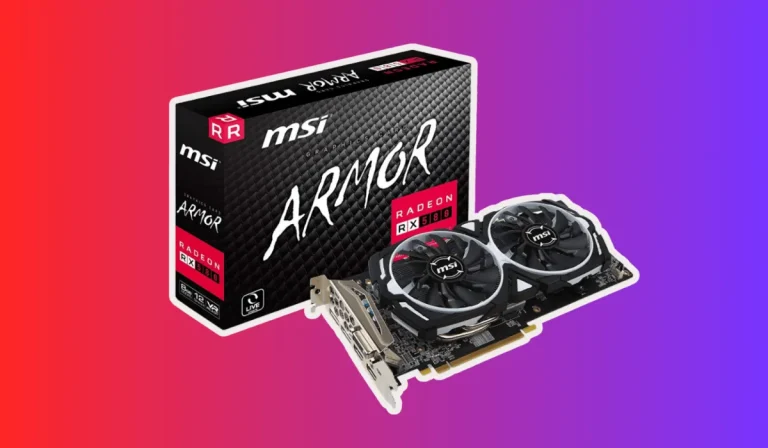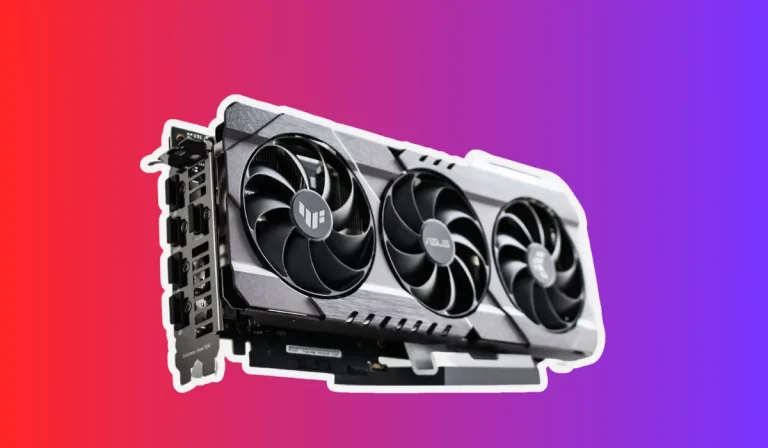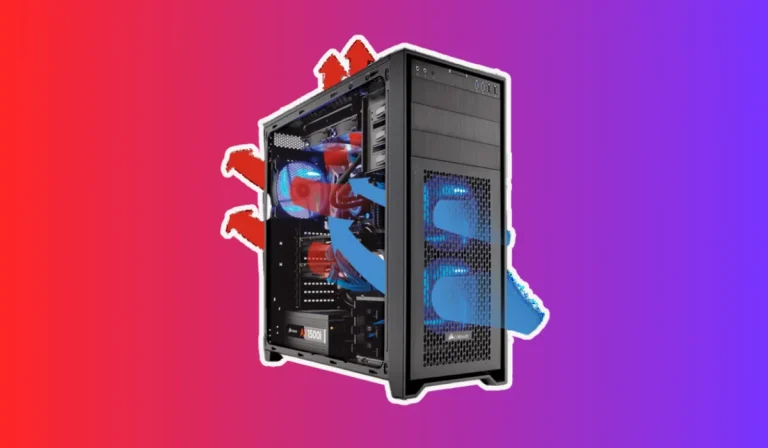How Can I Fix the No Signal GPU?
Are you frustrated with a “No Signal GPU” error on your computer? Don’t worry, we’ve got you covered! This blog post will walk you through simple troubleshooting steps to fix the issue and get your display up and running again. No technical jargon, just easy-to-follow instructions for everyone. Let’s dive in and solve this problem together!
Understanding the “No Signal GPU” Error
Have you ever encountered the frustrating “No Signal GPU” error on your computer? Don’t worry, you’re not alone! We’ll delve into understanding this common issue and shed light on its possible causes and solutions.
When you see the “No Signal GPU” error message on your display, it means that your graphics processing unit (GPU) is not sending a signal to your monitor. As a result, you’re left with a blank screen and no visual output. This can be quite distressing, especially if you rely on your computer for work, gaming, or entertainment.
The “No Signal GPU” error can be caused by various factors. It could be due to a loose connection between your GPU and monitor, outdated graphics drivers, a conflict in the BIOS settings, or even a faulty GPU itself. Understanding the root cause is crucial in finding an effective solution.
To resolve the “No Signal GPU” error, you need to follow a series of troubleshooting steps. These steps involve checking the connections, updating graphics drivers, resetting BIOS settings, and testing the GPU in another system. By systematically addressing each possible cause, you increase your chances of resolving the issue and restoring the display functionality.
Remember, it’s essential to approach the troubleshooting process methodically and remain patient. Sometimes, the solution can be as simple as reseating a cable, while other times it might require more advanced troubleshooting or professional assistance.
Troubleshooting Steps
Are you ready to tackle the “No Signal GPU” error and get your display back up and running? We’ve got you covered with some simple troubleshooting steps to help you resolve this frustrating issue. Follow these instructions step by step, and you’ll be back in business in no time!
Check the Connections
Start by ensuring that all the cables connecting your GPU, monitor, and power supply are securely plugged in. Sometimes, a loose connection can be the culprit behind the “No Signal GPU” error. Give them a gentle wiggle and make sure they are snugly fitted.
Update Graphics Drivers
Outdated graphics drivers can cause compatibility issues, resulting in the error. Head over to the website of your GPU manufacturer and download the latest drivers for your specific model. Install them carefully, following the instructions provided.
Reset BIOS Settings
A conflict in the BIOS settings can also trigger the “No Signal GPU” error. To tackle this, restart your computer and enter the BIOS settings by pressing a specific key (usually Del or F2) during startup. Look for the option to reset the settings to the default configuration and proceed accordingly.
Test GPU in Another System
If the issue persists, it’s worth testing your GPU in another system to determine if it’s a hardware problem. Borrow a friend’s computer or visit a local repair shop to get your GPU tested. If it works fine in another system, then the issue might lie elsewhere in your setup.
Seek Professional Help
If all else fails, don’t hesitate to seek professional assistance. A computer technician can diagnose the problem accurately and provide you with the best solution. Sometimes, the issue might be more complex and require expert intervention.
Preventive Measures
Nobody wants to deal with the frustrating “No Signal GPU” error on their computer. The good news is that there are preventive measures you can take to avoid encountering this issue in the first place.
We’ll explore some simple yet effective steps you can follow to keep your GPU running smoothly and prevent the “No Signal GPU” error from disrupting your computing experience.
Regularly Clean Your Computer
Dust and debris can accumulate inside your computer over time, potentially affecting the performance of your GPU. Make it a habit to clean your computer regularly, especially the fans and vents. This will help maintain optimal airflow and prevent overheating, which can lead to display issues.
Keep Graphics Drivers Updated
Outdated graphics drivers can cause compatibility issues and lead to the “No Signal GPU” error. Stay proactive by regularly updating your graphics drivers to the latest versions provided by your GPU manufacturer. This ensures that your GPU is well-equipped to handle software updates and maintain smooth functionality.
Securely Connect Cables
Loose connections between your GPU, monitor, and power supply can trigger the “No Signal GPU” error. Take a moment to check and ensure that all cables are securely plugged in. Avoid tugging or pulling on the cables, as this can loosen the connections over time. A snug and secure connection is key to uninterrupted display performance.
Monitor Temperatures
Monitoring the temperature of your GPU is essential for preventing overheating, which can contribute to display issues. Use monitoring software to keep an eye on your GPU’s temperature and take necessary precautions if it exceeds safe limits. This can include adjusting fan speeds, improving ventilation, or investing in additional cooling solutions if needed.
Invest in a Surge Protector
Power surges can damage your GPU and other components, leading to errors like “No Signal GPU.” Protect your computer by investing in a good quality surge protector. It acts as a safeguard against sudden voltage spikes and ensures a stable power supply to your GPU.
FAQ’s
1. What should I do if my GPU is showing “No Signal” on my monitor?
First, check the connections between your GPU and monitor to ensure they are secure. If the connections are fine, try updating your graphics drivers. If the issue persists, try resetting your BIOS settings or testing the GPU in another system to determine if it’s faulty.
2. Why is my GPU displaying “No Signal” after installing new drivers?
This may happen if the new drivers are incompatible with your GPU or if the installation process is not successful. Try rolling back to the previous drivers, or perform a clean reinstall of the drivers. Make sure to download the correct drivers for your specific GPU model.
3. My GPU was working fine, but now it’s suddenly showing “No Signal.” What could be the cause?
There could be several reasons for this sudden issue. It could be due to a hardware problem, such as a loose cable or a faulty GPU. It’s also possible that a recent software update or a conflict with other hardware components is causing the problem. Troubleshoot by checking connections, updating drivers, and testing the GPU in another system if possible.
4. Can a faulty power supply cause the “No Signal GPU” error?
Yes, a faulty power supply can cause various issues, including the “No Signal GPU” error. Insufficient power supply or fluctuations in voltage can disrupt the functioning of the GPU, resulting in display problems. Consider testing your system with a different power supply to rule out this possibility.
5. I’ve tried all the troubleshooting steps, but my GPU still shows “No Signal.” What should I do next?
If you’ve exhausted all the troubleshooting options without success, it may be time to seek professional assistance. Contact your GPU manufacturer’s support or a qualified technician who can diagnose and repair the issue. They may be able to provide further guidance or recommend a solution based on your specific situation.
Conclusion
Troubleshooting the “No Signal GPU” issue requires checking connections, updating drivers, and testing the GPU in another system. If the problem persists, seeking professional assistance is recommended.
Remember, staying proactive with preventive measures can help avoid encountering this frustrating error in the first place. Keep your GPU running smoothly and enjoy uninterrupted computing!



